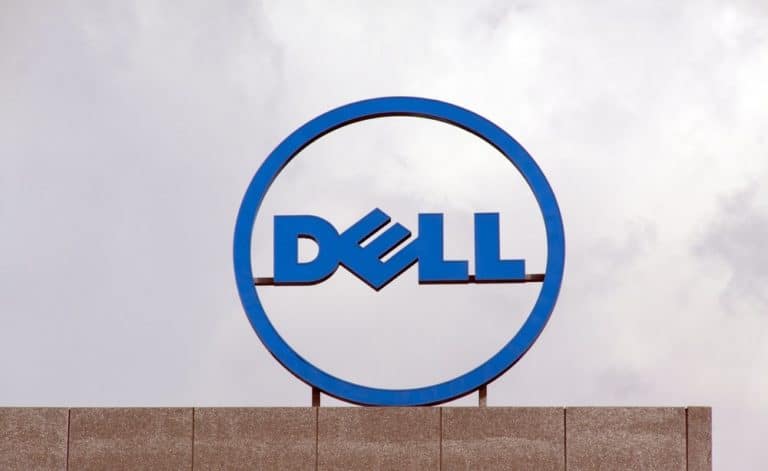The two companies aim to assist telecommunications companies with the upgrade to 5G.
At the virtual Red Hat Summit this week, Dell and IBM’s Red Hat announced that they have jointly developed an infrastructure reference architecture. The goal of this new development project is to assist telecommunications companies with the upgrade to 5G.
Big telecom companies are switching to the high-speed 5G standard. But this move involves much more than just upgrading cell towers. Telcos also have to build data center infrastructure to process the data from those cell towers.
Moreover, carriers are exploring the idea of setting up miniature 5G networks for some enterprise customers such as plant operator. These types of initiatives further complicate their infrastructure requirements as they move to 5G.
Combining the right hardware with the right software
These challenges are what spurred Dell and Red Hat to create the new reference architecture. The name they have given the project is Dell Technologies Red Hat OpenShift Reference Architecture for Telecom. It is a plan that Dell and partners can use to build systems tailored to the requirements of carriers adopting 5G.
The new architecture joins Dell’s PowerEdge servers and PowerSwitch networking gear with Red Hat’s OpenShift software container platform for running applications.
Dell Technologies MEC is one of the first offerings based on the design. It is itself another reference architecture, one which can be used to build 5G-enabled edge systems. The systems using MEC can createe on-premises edge computing environments at locations such as factories. These on-premises computing systems would then be connected to the rest of the factory via high-speed 5G connections.
The primary selling points: speed and economy
The primary selling point for these new architectures is the increase in speed they bring. Edge computing hardware such as Dell Technologies MEC hardware provides the ability to analyze data such as equipment error locally rather than sending it to the cloud. This in turn accelerates data processing while reducing bandwidth costs.
The Dell Technologies MEC architecture features PowerEdge server models based on Intel Corp. processors. It also uses PowerSwitch networking gear, along with Red Hat’s OpenShift container platform and Intel’s Smart Edge software.
Smart Edge delivers edge computing infrastructure management capabilities. These allow administrators to perform tasks such as updating firmware centrally. In addition, Smart Edge provides access controls for blocking unauthorized use.The software solution also includes analytics tools to help plan future infrastructure upgrades.
Dell is promising that carriers will realise multiple benefits from the new joint offering. For example, wireless network operators have been building their infrastructure from proprietary appliances that don’t always provide the most advanced CPUs. Dell promises that because its new reference architecture uses servers from its PowerEdge line, carriers will gain the ability to “deploy the fastest processors in their mobile core.”
